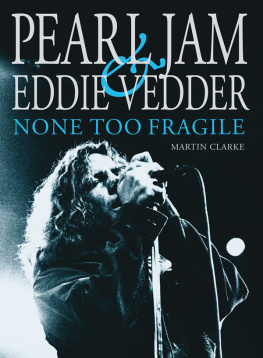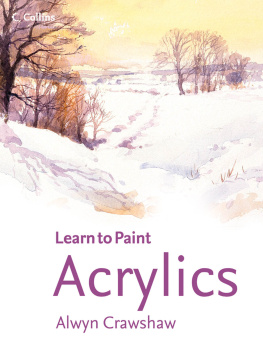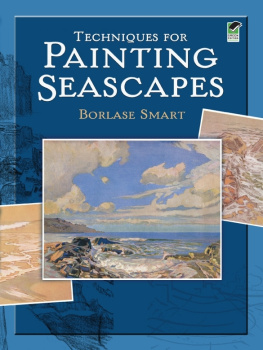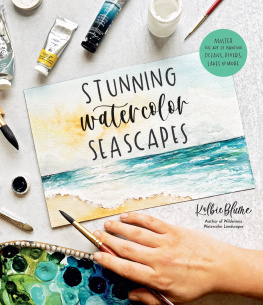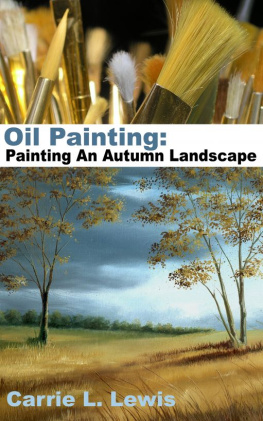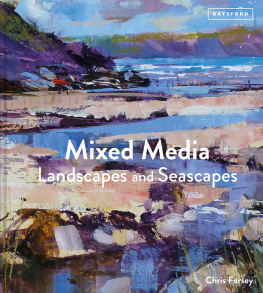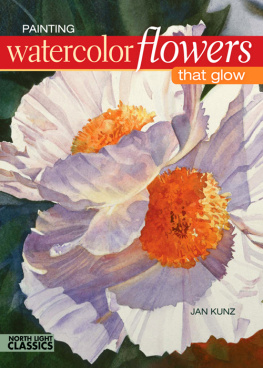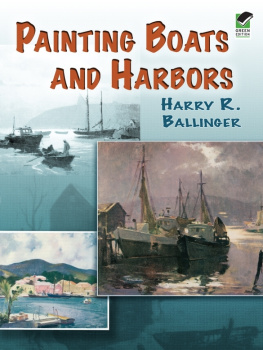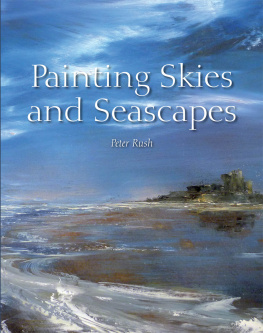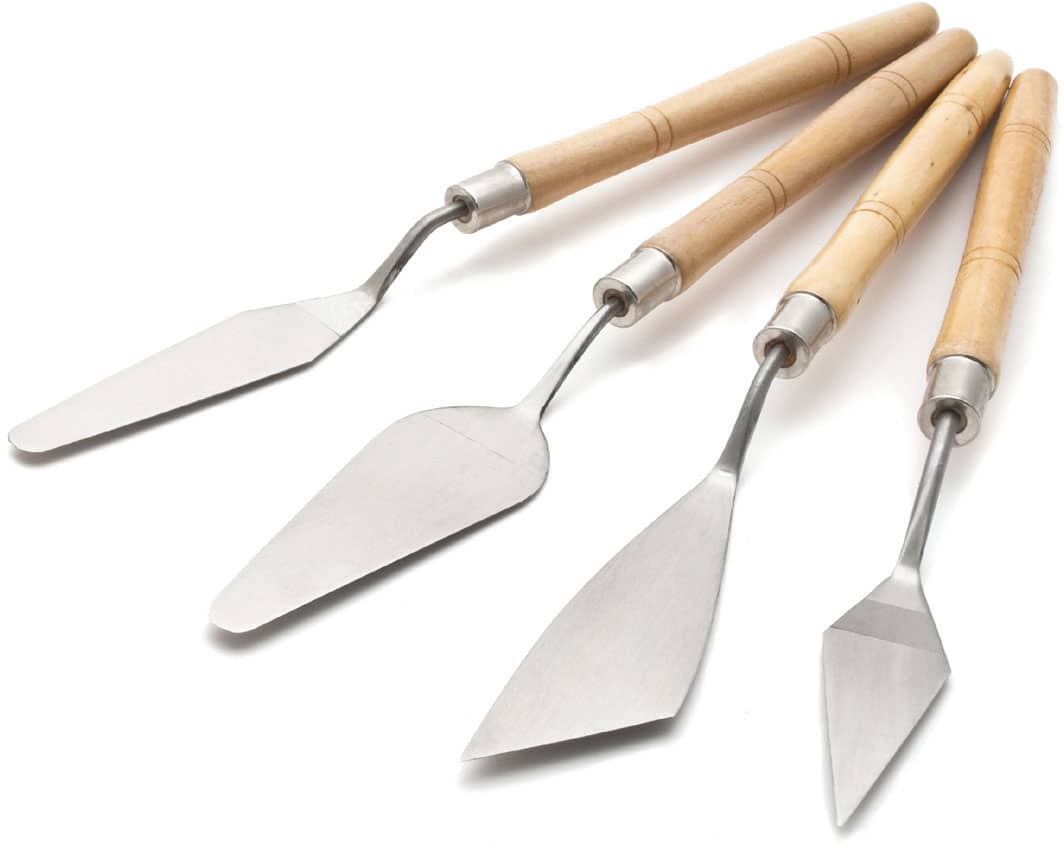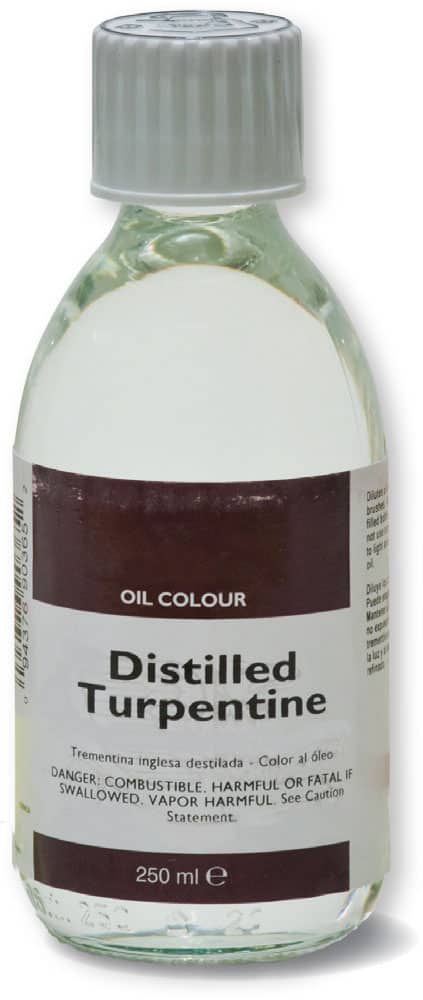Martin Clarke - Oil Painting: Oceans & Seascapes: Learn to Paint Step by Step
Here you can read online Martin Clarke - Oil Painting: Oceans & Seascapes: Learn to Paint Step by Step full text of the book (entire story) in english for free. Download pdf and epub, get meaning, cover and reviews about this ebook. year: 2020, publisher: Walter Foster Publishing, genre: Home and family. Description of the work, (preface) as well as reviews are available. Best literature library LitArk.com created for fans of good reading and offers a wide selection of genres:
Romance novel
Science fiction
Adventure
Detective
Science
History
Home and family
Prose
Art
Politics
Computer
Non-fiction
Religion
Business
Children
Humor
Choose a favorite category and find really read worthwhile books. Enjoy immersion in the world of imagination, feel the emotions of the characters or learn something new for yourself, make an fascinating discovery.

- Book:Oil Painting: Oceans & Seascapes: Learn to Paint Step by Step
- Author:
- Publisher:Walter Foster Publishing
- Genre:
- Year:2020
- Rating:4 / 5
- Favourites:Add to favourites
- Your mark:
Oil Painting: Oceans & Seascapes: Learn to Paint Step by Step: summary, description and annotation
We offer to read an annotation, description, summary or preface (depends on what the author of the book "Oil Painting: Oceans & Seascapes: Learn to Paint Step by Step" wrote himself). If you haven't found the necessary information about the book — write in the comments, we will try to find it.
With Oil Painting: Oceans & Seascapes, you can discover how to capture breathtaking oceanic scenes in oil.
Welcome to the incredible, diverse world of painting seascapes in oil! Oil paints are versatile and forgiving, produce wonderful color, and can produce areas that are smooth or textured. This is an ideal medium to portray the ever-changing moods and drama of this very special subject: the sea.
Oil Painting: Oceans & Seascapes is essential for any beginning artist who wants to paint beautiful oceans and seascapes. After introducing you to the basic tools and materials needed to begin painting in oil, talented artist Martin Clarke shows specific techniques for painting realistic waves, rocky shores, and other seaside elements. Learn about color theory, and basic painting techniques before moving on to the step-by-step projects.
This comprehensive guide contains step-by-step lessons for painting five different seascapes in oil , using a number of simple yet effective techniques. You dont need a large palette of colors to produce these vibrant, dramatic works. You just need to grab a few supplies and learn observation skills, a few painting techniques, and how to produce a well-composed scene. Then paint as much possible (and have fun while doing so) to practice creating amazing seascapes!
Designed for beginners, the How to Draw & Paint series offers easy-to-follow guides that introduce artists to basic tools and materials and includes simple step-by-step lessons for a variety of projects suitable for the aspiring artist. With comprehensive instruction, plenty of artist tips and tricks, and beautiful artwork to inspire, Oil Painting: Oceans & Seascapes is the perfect resource for any aspiring oil painter.
Martin Clarke: author's other books
Who wrote Oil Painting: Oceans & Seascapes: Learn to Paint Step by Step? Find out the surname, the name of the author of the book and a list of all author's works by series.

